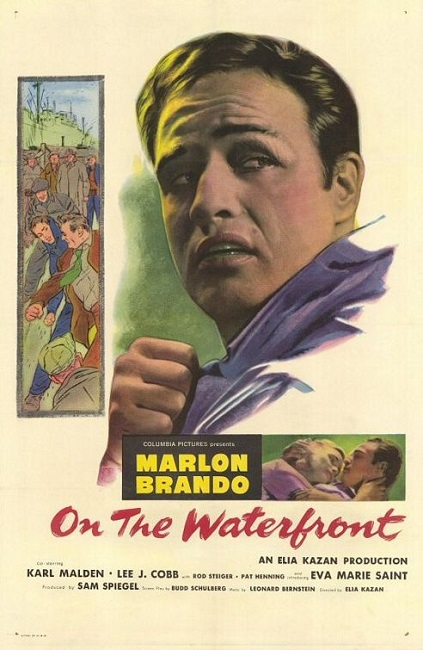
On the Waterfront – 1954
My goodness, this was an intense movie! It had a great story, great plot developments, cool and very believable characters, and a wonderful, satisfying ending. It also had an incredible score by Leonard Bernstein. I must also mention that I have never seen Marlon Brando in a movie before, except for his fairly small role as Jor-El in the 1978 version of Superman: The Movie. And before going any further, I have to say that Brando was brilliant in this Best Picture winner.
Brando was 30 years old when this was released, but he looked young enough to pass for 25, and he was a good looking guy back then. There was a softness about his persona that was reflected in his character. It made him seem innocent and gentle, but tough at the same time. It made me instantly like his character. He played Terry Malloy, an ex-boxer who’d had a shot at the big-time as a prize fighter. Thus we have that famous line, “I coulda been a contender.” This line actually has a pretty profound meaning within the context of the plot.
Brando deservedly won the Best Actor award for the role. In fact, the film won eight of the twelve awards for which it was nominated. In addition to Brando’s Oscar, Elia Kazan won for best Director, Eva Marie Saint won for Best Supporting Actress, as well as awards for Best Story and Screenplay, Best Art & Set Direction (B&W), Best Cinematography (B&W), and Best Film Editing.
Interesting note: After Brando won his Oscar, it was stolen from him. It did not turn up until much later when a London auction house contacted the actor and informed him of its whereabouts.
In my opinion, the movie should have won one more award for Best Score. The music was incredible and was nominated for the category, though it did not win. Leonard Bernstein wrote a truly powerful score that really stepped up to the plate and did its job. It enhanced the tension of the plot, was integral as part of the story-telling, and yet it had its moments of simple beauty. Sometimes, a solo instrument like a flute set the mood of a love scene. At other times, a barrage of brass would make you nearly jump out of your seat when someone was getting ready to do something dangerous. And if you know the music of West Side Story, you will instantly recognize Bernstein’s style. The whole score was very energetic and exciting. Very well done, Leonard!
The plot is a simple one, but the writers took the time to develop characters well, making you really identify with them. Terry, not being a terribly bright guy, is duped into setting up his friend Joey to be murdered. Mob-connected Union Boss Johnny Friendly, played by Lee J. Cobb, controls the waterfront (the docks and the dock workers) with an iron grip through intimidation and violence. Terry is a lowly dock worker, even though he once had a promising career as a boxer. Terry’s brother Charlie, wonderfully played by Rod Steiger, is in Friendly’s employ. And it is because of Friendly, and consequently, Charlie, that Terry never got that shot. Friendly effectively ruined Terry’s life, and Charlie not only allowed it to happen, he helped it to happen.
The murdered man’s sister Edie, played by Eva Marie Saint, is desperate to find out who killed her brother. Terry becomes romantically involved with her, but refuses to tell her what he knows, fearing the wrath of the Union Boss. But that is not his only fear. Speaking of the incident to the wrong people would cause him to be ostracized by his fellow dock workers, among whom the general policy is to be D & D (Deaf & Dumb) when it comes to the Boss’s corrupt business. However, Edie and the local Priest, Father Barry, played by Karl Malden, attempt to convince him to go to the police and become a stool pigeon.
Most of the film tells the story of Terry as he struggles with doing what is right despite the consequences. But another aspect of the movie is the struggle of the dock workers against the corrupt Union Boss. Apparently, the Script writer, Budd Schulberg spent a great deal of time doing research, conducting interviews, and attending court hearings in Hoboken New Jersey, the location of the real-life events on which the film is based.
And finally, there is one last thing that needs attention. The cinematography was amazing. It was so realistic! The filming locations were so gritty that they were not at all the fabricated sets Hollywood usually shows us. The alley ways were not made to look dirty. They were dirty. The slums were not decorated to look impoverished. They were impoverished. I have to applaud the director and the actors for working in those locations, under those conditions.
I liked this movie a lot more than I thought I would. I went into it with no expectations and only a vague concept of what the movie was about. The phenomenal acting, the great directing, and the incredible score all combined to make a very memorable film, well worthy of the Best Picture Oscar.
Interesting note: Lee J. Cobb, Karl Malden, and Rod Steiger were each nominated for Best Supporting Actor for On the Waterfront, though none of them won. They all lost to Edmund O’Brian in The Barefoot Contessa.
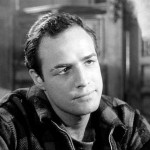
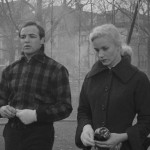
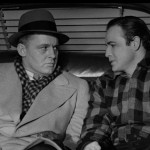
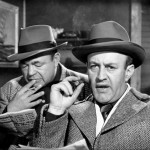
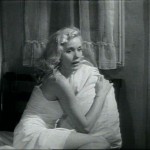

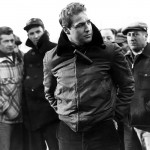
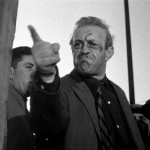
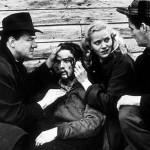
Insight into human behavior — in all its turbulence, conflict and complexity — is still the prerequisite for good storytelling, an important thing to remember as Hollywood gathers this weekend to once again honor its best.